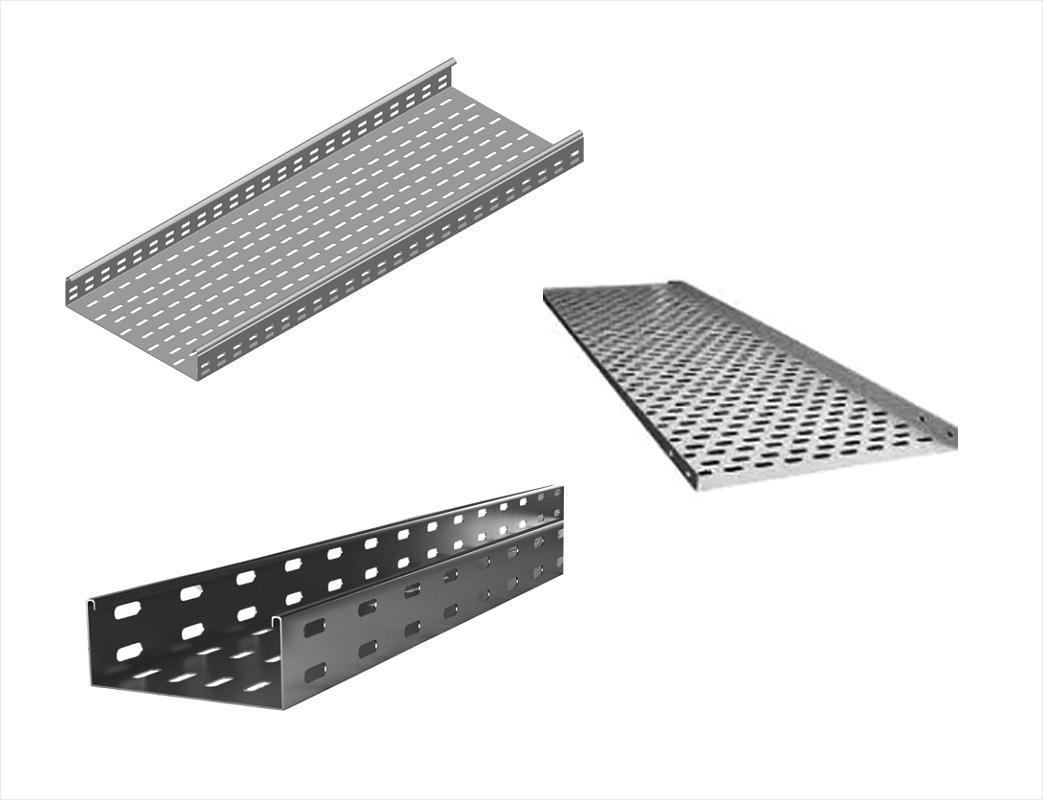Mesh cable trays are an essential component of modern infrastructure, providing an efficient and cost-effective solution for cable management in various settings, including data centers, industrial facilities, and commercial buildings. However, proper installation and maintenance are crucial to ensure their longevity and effectiveness. In this comprehensive guide, we will delve deeper into the details of installing and maintaining mesh cable trays.
Installation:
1. Planning and Preparation:
Before installing mesh cable trays, it is essential to plan and prepare adequately. This includes conducting a thorough site survey to determine the cable tray route, identifying the number and size of trays required, and selecting the appropriate type of tray for the specific application. Additionally, ensure that you have all the necessary tools and equipment, such as a ladder, drill, screws, and mounting hardware.
2. Mounting the Cable Tray:
The first step in installing mesh cable trays is to mount them securely to the ceiling or wall. Use the appropriate mounting hardware and ensure that the trays are level and aligned properly. It is also essential to follow the manufacturer’s instructions and any applicable codes and regulations. Consider using anchors or other reinforcement methods if the mounting surface is weak or unstable.
3. Installing Support Components:
Once the cable trays are mounted, install any necessary support components, such as splices, tees, or crossbars. These components help to reinforce the trays and prevent sagging or deformation over time. Ensure that the support components are installed at regular intervals, typically every 8-10 feet, depending on the load and tray size.
4. Routing Cables:
After the cable trays are installed and supported, it is time to route the cables. Start by grouping cables together based on their function and label them accordingly. Then, carefully lay the cables in the trays, ensuring that they are evenly distributed and not overly crowded. Use cable ties or other fasteners to secure the cables in place and prevent them from shifting or tangling. Avoid overloading the trays with too many cables, as this can cause damage and reduce their effectiveness.
5. Grounding and Bonding:
To ensure electrical safety, it is essential to ground and bond the mesh cable trays correctly. Follow the manufacturer’s instructions and applicable codes and regulations regarding grounding and bonding requirements. Typically, this involves connecting the trays to the building’s grounding system using grounding straps or jumpers.

Maintenance:
1. Regular Inspection:
To ensure the continued effectiveness of mesh cable trays, it is essential to conduct regular inspections. Look for signs of wear and tear, such as rust, corrosion, or damage to the trays or support components. Also, check for any loose or damaged cables and repair or replace them as needed. Inspections should be conducted at least annually, but more frequent inspections may be necessary in high-traffic or harsh environments.
2. Cleaning and Dusting:
Mesh cable trays can accumulate dust and debris over time, which can impede airflow and reduce the efficiency of cooling systems. To prevent this, regularly clean and dust the trays using a soft-bristled brush or compressed air. Be careful not to dislodge any cables or damage the trays during the cleaning process. Additionally, avoid using harsh chemicals or abrasive materials that could damage the trays or cables.
3. Cable Management:
As new cables are added or existing ones are removed, it is important to maintain proper cable management within the trays. Ensure that cables are labeled and organized correctly, and avoid overloading the trays with too many cables. Additionally, use cable ties or other fasteners to keep cables neat and tidy. Consider using cable markers or labeling systems to make it easier to identify and trace cables.
4. Repair and Replacement:
If any damage or wear and tear is detected during inspections, it is essential to repair or replace the affected components promptly. This may involve replacing individual trays, support components, or cables. Always follow the manufacturer’s instructions and applicable codes and regulations when making repairs or replacements.
Conclusion:
Mesh cable trays are a versatile and effective solution for cable management in a variety of settings. However, proper installation and maintenance are critical to ensure their longevity and effectiveness. By following the guidelines outlined in this comprehensive guide, you can install and maintain mesh cable trays with confidence, maximizing their benefits while minimizing potential issues. Remember to always prioritize safety and follow applicable codes and regulations throughout the process. With proper care and attention, your mesh cable trays will provide reliable and efficient cable management for years to come.

